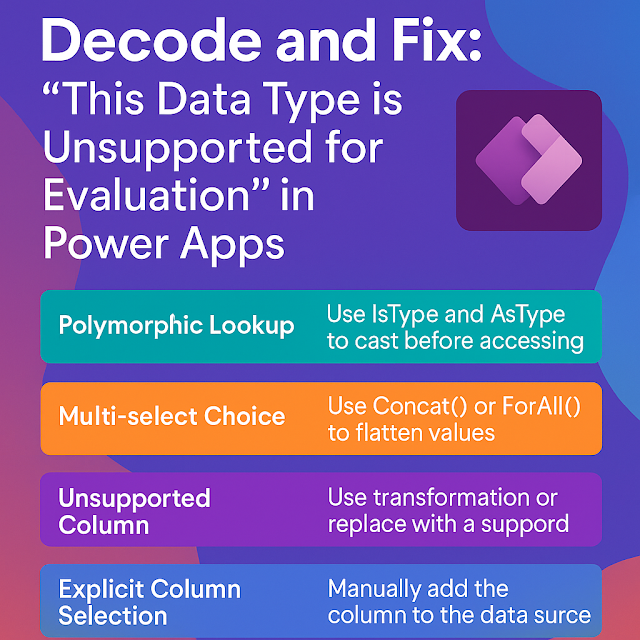Demystifying Clusters in Power Platform: What Architects and Developers Must Know
When working with Microsoft Power Platform—especially Dataverse—you’ve probably seen terms like Cluster Geo Name or Cluster URI Suffix in your environment diagnostics.
But what exactly is a cluster, and why should architects and developers care about it? Let’s break it down.
What is a Cluster in Power Platform?
A Cluster in Power Platform is a logical and geographical grouping of Dataverse instances.
- A container for environments (Dev, Test, Prod)
- Hosted in a specific Azure region (EU, US, Asia Pacific)
- Designed for data residency, compliance, and performance
Every Dataverse environment you create is part of a cluster, which Microsoft manages behind the scenes for scaling and governance.
Why Do Clusters Exist?
Microsoft uses clusters to:
-
Ensure Data ResidencyKeep customer data within the selected geography (important for GDPR, HIPAA).
-
Optimize PerformancePlace environments closer to end-users for low latency API calls.
-
Provide Compliance BoundariesSegregate customer data per region.
-
Enable Load Balancing & ScalabilityDistribute workloads across environments in the same cluster.
Where Do You See Cluster Information?
When viewing diagnostic data or session logs, you’ll find fields like:
Cluster Environment: Prod
What They Mean:
| Field | Description |
|---|---|
| Cluster Environment | Is it Production or Non-Production? |
| Cluster Category | Logical grouping of environments. |
| Cluster Geo Name | The region where your Dataverse is hosted. |
| Cluster URI Suffix | Backend routing within Microsoft infra. |
Why Should You Care?
For Architects
-
Data Residency: Ensure environments are in compliant geographies.
-
Environment Design: Plan Dev-Test-Prod isolation within or across clusters.
-
Global Deployments: Understand how different user bases interact with environments hosted in different clusters.
For Developers
-
API Routing: Cluster info determines which regional endpoint your app hits (e.g.,
eu.crm4.dynamics.com). -
Troubleshooting: When debugging latency or API errors, Cluster Geo Name helps Microsoft support pinpoint the backend systems.
Real-Life Scenarios
| Scenario | How Clusters Help |
|---|---|
| Multinational company with EU & US users | Separate clusters ensure GDPR compliance. |
| Slow API response in one region | Cluster Geo Name identifies backend region. |
| Disaster Recovery Planning | Geo-paired clusters support failover plans. |
Summary :
- Clusters are invisible but critical parts of Power Platform infrastructure.
- Architects use them to plan for compliance, performance, and ALM pipelines.
- Developers rely on cluster info for API calls and debugging.
- Next time you see cluster metadata—know that it’s your map to Dataverse’s backend!












Comments
Post a Comment